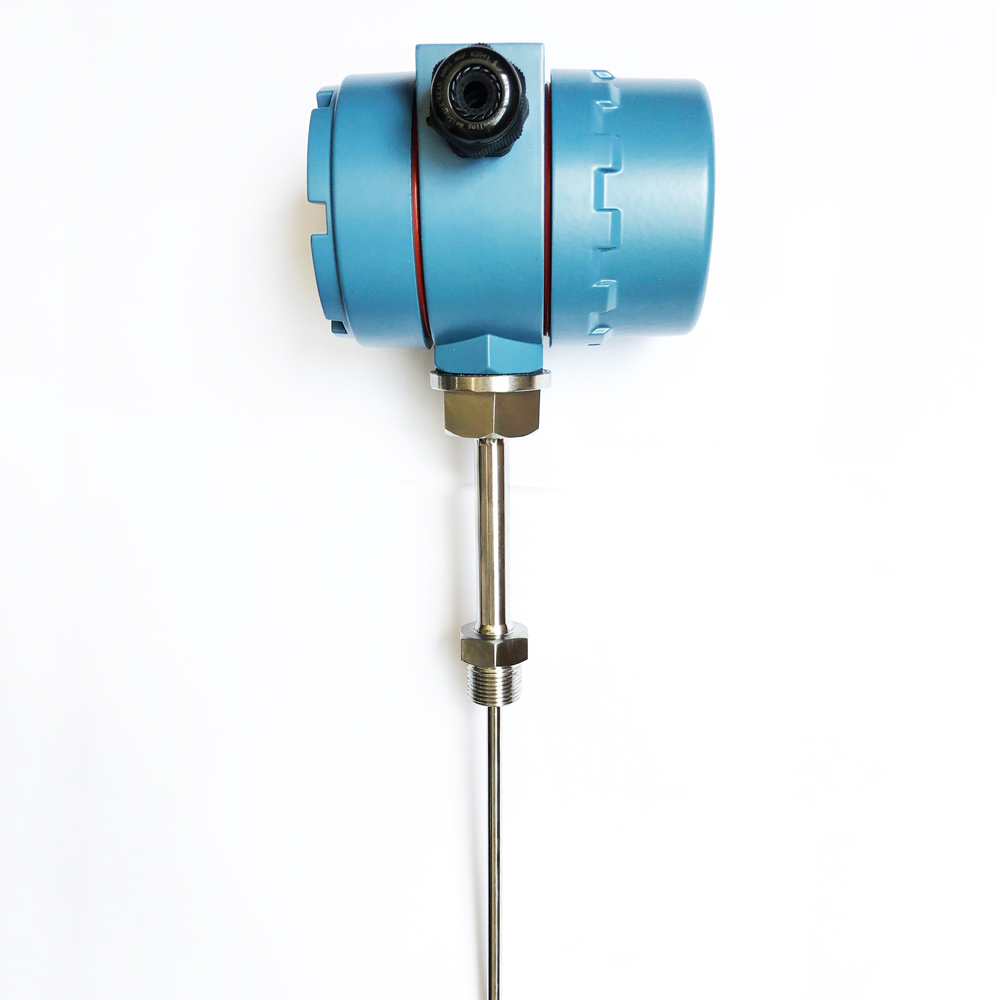 How accurate are thermocouples?
How accurate are thermocouples?
Thermocouple is a kind of temperature sensor equipment, which is used to measure various temperatures in various scientific, industrial and even household environments. Thermocouple temperature sensors are accurate, but over time, the installation environment may lose their accuracy. Precision refers to an unlimited number of tolerances within a specified range. It must be remembered that the accuracy and measurement range depend on the thermocouple alloy, the measured temperature, the structure of the sensor, the material of the sheath, the measured medium, the state of the medium (liquid, solid or gas), the diameter of the thermocouple wire when exposed, or the diameter of the thermocouple wire when wrapped.
The thermocouple temperature sensor is a pair of materials made of special but different metals. The thermocouple uses "Seebeck" or thermoelectric effect to measure the voltage difference between the two conductors to determine the temperature difference. One end is a "heat/measuring junction", which is connected to the substance whose temperature needs to be measured. The other two ends are connected to a "cold/reference connector", which is a material with a known and easily measured reference temperature. Here, the wire is also connected to the copper wire, resulting in an instrument/display.
The voltage (mV/mV) used to determine the temperature difference is not actually generated at the metal junction, but along the entire length of the wire between the hot junction and the cold junction. The measured voltage is accurate only when each wire is completely uniform, which means that it has uniform and consistent components.
In many industrial settings, thermocouple wires tend to lose uniformity over time due to various factors, including chemical contact or mechanical damage (such as bending curves). Some types of thermocouple metals are also affected by exposure to temperatures above 200 ° c, while other types of thermocouple metals are not easily changed. This is important because if some part of the thermocouple circuit is uneven, different voltages will be generated, resulting in overall errors in measurement. Therefore, thermocouples need to be calibrated to ensure that accurate temperatures are derived.
Thermocouple accuracy: All thermocouples will be affected by calibration drift during use, which is only a matter of how much and how quickly it occurs. The performance of thermocouple depends heavily on the absolute uniformity of physical and chemical properties of the whole circuit length. When producing thermocouple materials, careful steps should be taken to ensure that this uniformity (or homogeneity) is achieved. During use, different parts of the circuit will experience different heat, chemical exposure and other conditions, so the physical structure and composition of these parts will change from the original thermocouple wire. As the thermoelectric EMF (electric field and magnetic field) generated by a given temperature difference is very sensitive to the changes in the chemical and metallurgical properties of the wire, the total EMF generated by the used probe may be different from that generated by other identical new probes under the same conditions. During the observable time, these changes are usually small (usually small enough to be negligible).
For thermocouples, calibration refers specifically to the method of comparing one device with another with known accuracy. By determining the error amplitude of the equipment, you can know how to correctly calculate the temperature according to the measured voltage. Generally speaking, calibration is carried out in the laboratory under strict control and maintenance conditions. However, on-site calibration is also a fast and effective method to check the measurement quality.
Thermocouples must be checked regularly to ensure that they are properly and accurately calibrated to maintain correct, repeatable and high-quality temperature measurements. We recommend that you calibrate every 12 months.
Thermocouples and RTDs are useful sensors for measuring process temperature. In its temperature range, RTDs have higher accuracy than thermocouples because platinum is a more stable material than most thermocouple materials. The Rtd also uses standard instrument lines to connect to measurement or control equipment, which can reduce the overall installation cost. Thermocouples are generally cheaper than rtds. They are more durable for high vibration or mechanical shock applications and can be used at higher temperatures. Thermocouples can be smaller than most rtds and can be formed for specific applications.

 How accurate are thermocouples?
How accurate are thermocouples?
